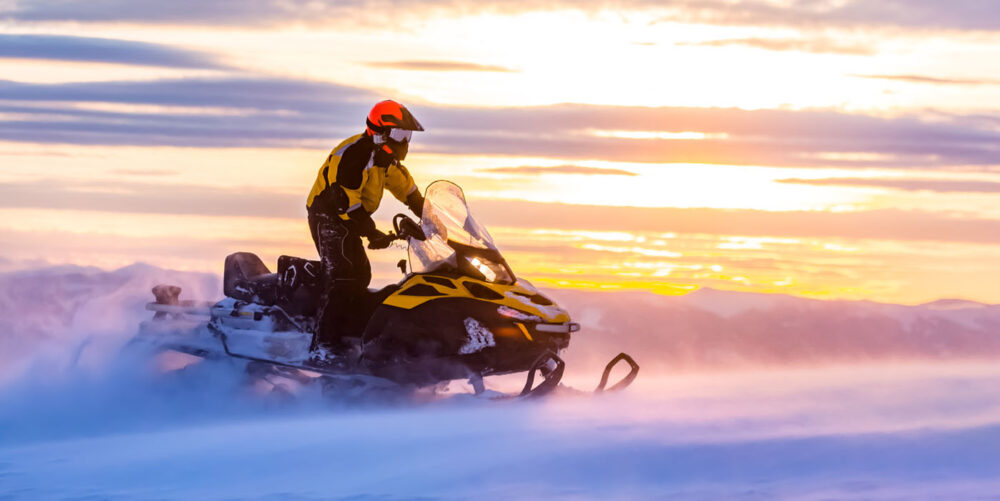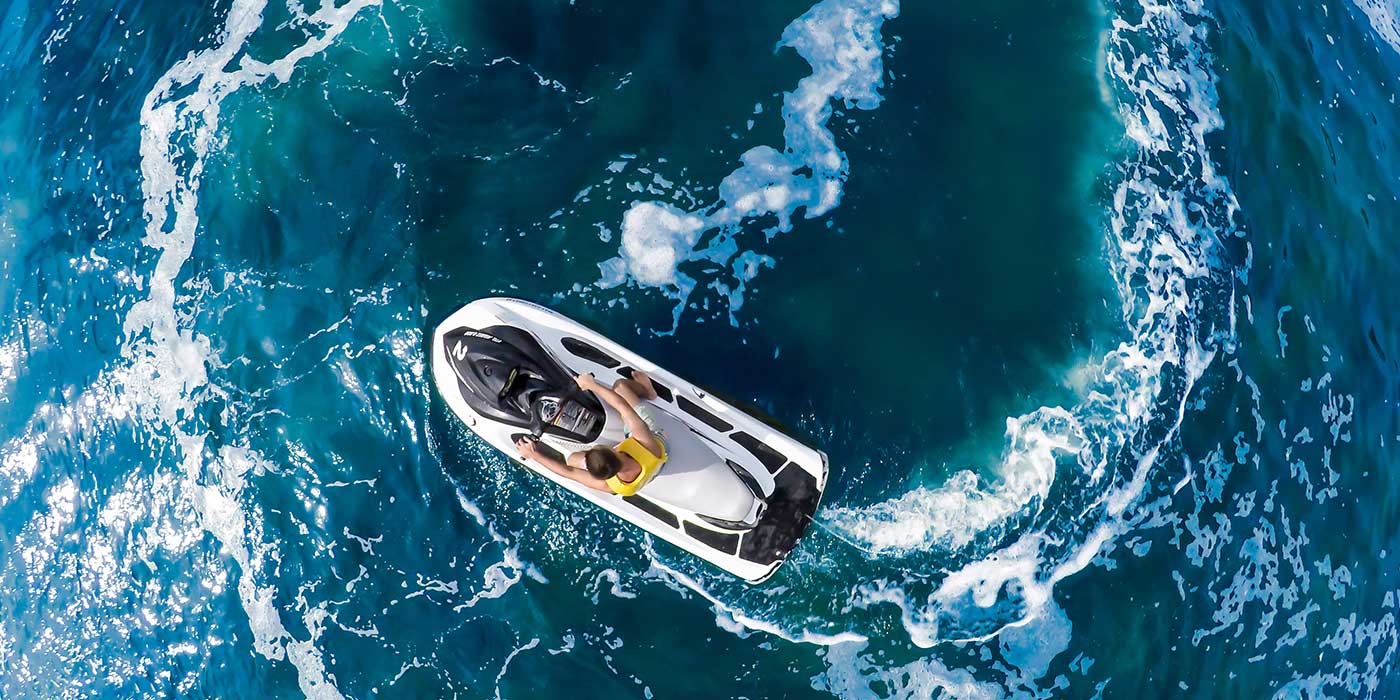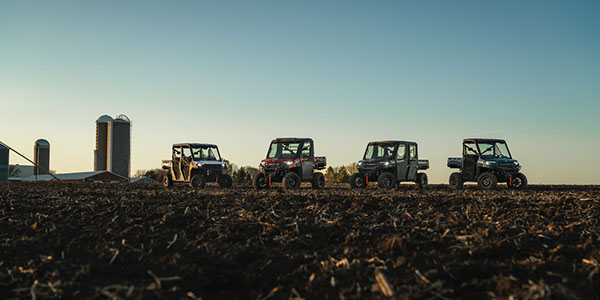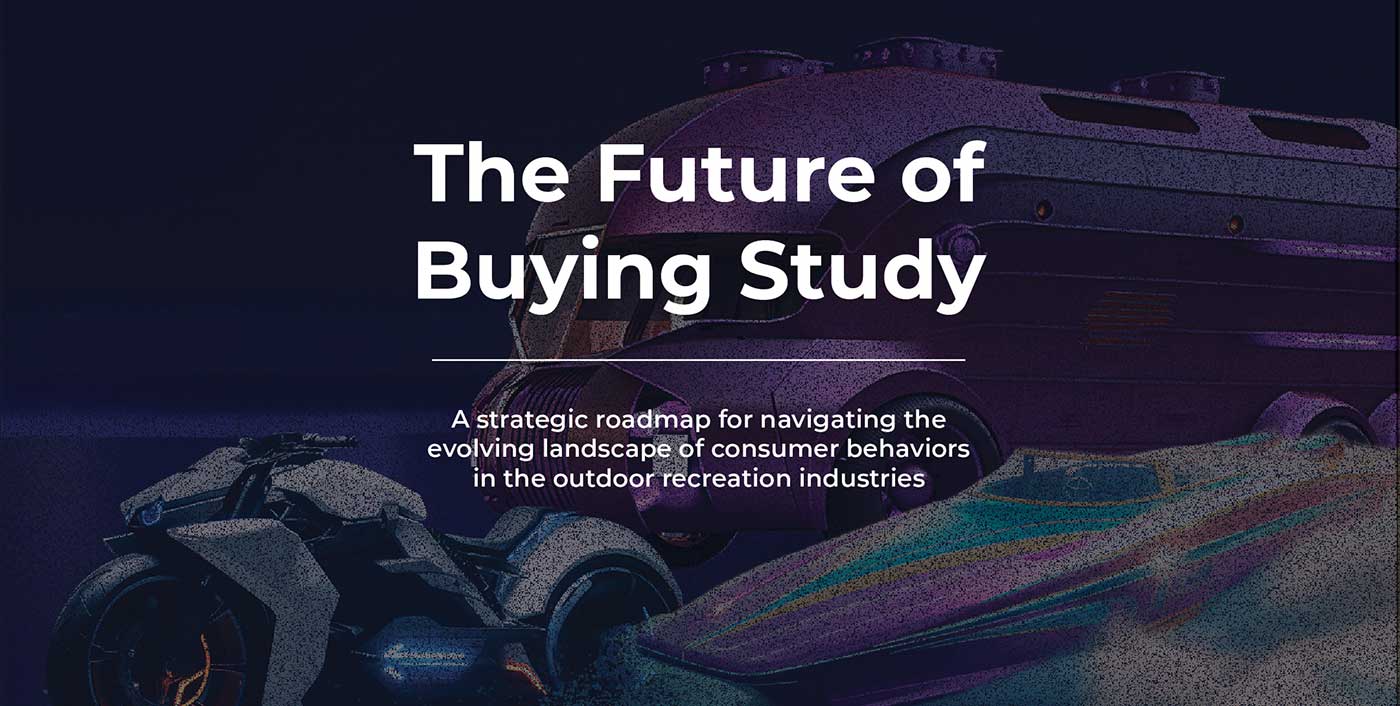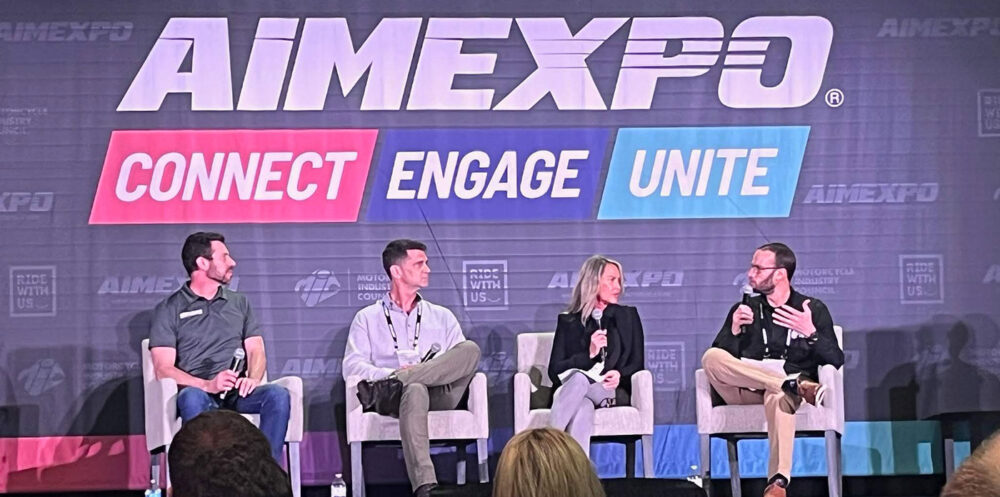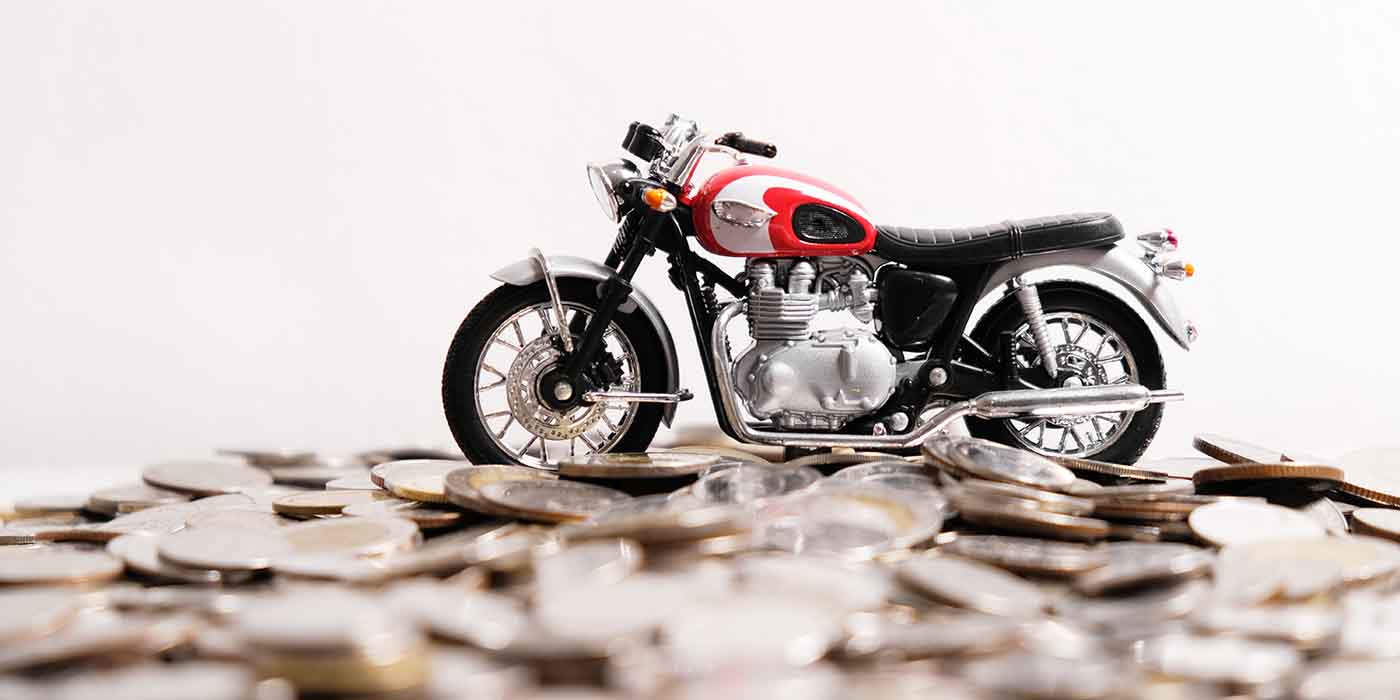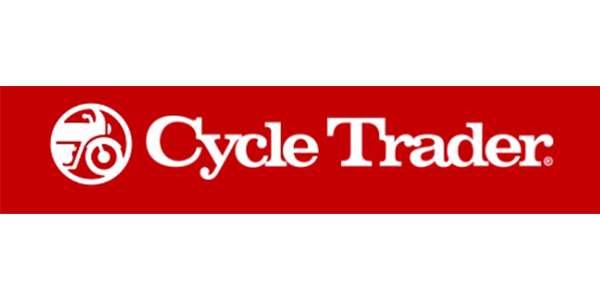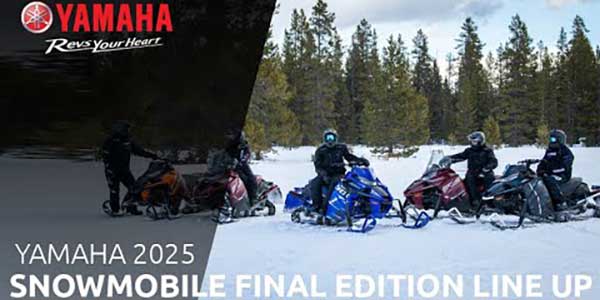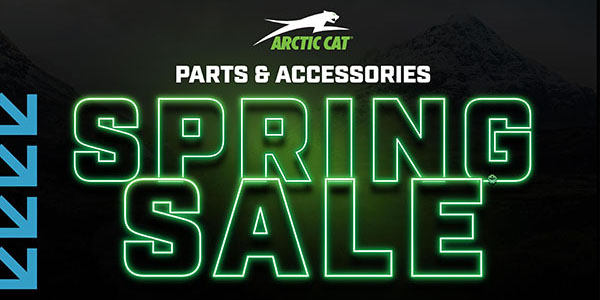Are you looking at snowmobiles as a potential new revenue stream for your dealership? If you already have them, are you selling them effectively? As with any vehicle you’re hoping to sell, you need to do your research and make sure you understand its ins and outs. A common reason why dealers fail to sell certain vehicles they bring on is they or their sales staff don’t have personal experience with them and therefore can’t make an effective selling proposition to customers.
If you’re thinking about selling snowmobiles, the first thing to know is that, just as there are different types of motorcycles – cruisers, dirt bikes, sport bikes and more – so too are there different types of snowmobiles. In addition, what riders want to upgrade on their sleds may depend on the types they have. We checked in with Collin Clovis, product line manager II for FLY Racing Snow and Western Power Sports, to get the latest on selling around snowmobiles.
MPN: What are some of the major differences between older snowmobile models and newer ones?
CC: Snowmobiles have changed substantially over the years through both major and minor changes. The two most significant differences, in my opinion, lie in the evolution of chassis and stock engine displacements.
Snowmobile chassis have evolved in parallel with the sport and are specifically built for the style of riding the snowmobile is intended for.
Early snowmobiles started off with stock engine displacements around a meager 10 horsepower, and now it is common for new models to have 165 horsepower, some even topping 200 horsepower.
MPN: What are the different types of snowmobiles available, and how are they suited for different riding styles?
CC: The different styles of snowmobiles available include mountain, crossover, trail, utility, race and youth sleds:
- Mountain: Mountain snowmobiles are designed for backcountry, off-trail riding, to get users back into the “steep and deep.” They currently tend to be lighter, longer-tracked, deeper lugged, and have a higher center of gravity with lower top speeds and greater amounts of low-end torque.
- Crossover: Crossover snowmobiles are designed to provide users with a viable option to attack the trails and the backcountry. They currently tend to be a medium-weight sled with an intermediate to long track, medium to deep lugs and have a median center of gravity.
- Trail: Trail snowmobiles are designed for speed and handling along groomed trail systems. They are great for high mileage adventures with the whole family. They currently tend to have shorter tracks, shorter lugs and a lower center of gravity with higher top speeds and less low-end torque.
- Utility: Utility snowmobiles are primarily used for work or primary transportation. They currently tend to be extremely stable, capable of pulling a trailer for long distances, have wider tracks and a larger overall footprint.
- Race: Race sleds vary significantly depending on the type of racing they are being used for. Different types of snowmobile racing include snocross, cross country, oval, drag, vintage, watercross and hill climbs.
- Youth: Youth snowmobiles are designed for younger or small individuals and are more simplistic in design to allow for a smooth introduction to the sport. They currently tend to have smaller displacements, shorter tracks and greater stability.
MPN: If a customer has an older model and is looking to upgrade it, what might be some of the parts that he or she swaps out?
CC: Specific upgrades will be dependent on the style of riding the individual prefers, but general upgrades that will benefit any style of riding include exhaust, suspension, ski and track upgrades.
MPN: If a customer has a newer model snowmobile, what are the best parts to swap out to enhance its performance? Can you go into some detail on why these aftermarket parts might be superior to the standard OE equipment?
Current stock snowmobiles often come with many “factory” upgrades that used to be something the consumer would have to pursue via aftermarket parts. Prior to making any changes to your new snowmobile, be sure to consult its warranty to review whether the change will void your factory warranty.
One component that many snowmobilers choose to upgrade is the exhaust silencer. Users tend to prefer the lower weight, increased power and crisp sound of the aftermarket silencer versus the stock silencer (please be sure to consult your local regulations on noise limitations prior to pursuing an aftermarket silencer).
An aftermarket change to mountain snowmobiles specifically is a tunnel taper or cut. While this was initially deemed a fad for backcountry riders, the shorter tunnel is extremely effective in lowering the amount of friction between the sled and the snow, resulting in substantially fewer “stucks.”
An aftermarket change to trail snowmobiles specifically are aftermarket skis and carbides. This change allows the rider to optimize and personalize the feel of the snowmobile’s steering in respect to the type of snow and trail conditions encountered in your local area.
MPN: What are some tips for dealers when it comes to stocking and showcasing snowmobile parts?
CC: Stocking and showcasing snowmobile parts can be challenging because there is such a variety of parts available and the high costs associated with the sheer quantity in existence. Dealers are best to focus on stocking aftermarket parts for the predominant style of snowmobiling within their area. Many successful dealers I work with also lean heavily into a specific area of expertise they may have (exhaust, clutching, engine or suspension upgrades).
MPN: Do you have any service tips for dealerships in regards to snowmobiles – or even shop management/culture in general?
CC: A newer tactic that many successful dealers utilize is highlighting the work of the dealerships on their social media pages. These posts can also be used to demonstrate the effectiveness of the upgrades and generate interest far and wide in these specific upgrades from that dealer in particular. Showing the OEM snowmobile running with the upgraded snowmobile side by side in a social media post or YouTube video, in the same conditions, can be extremely efficient in generating business for low out-of-pocket marketing costs.
These posts can also introduce the public to life inside the dealership and highlight the accomplishments and passion of the employees out riding in general. This allows the dealership employees to feel like a true part of the business while also showing consumers that the dealer uses these aftermarket parts on their own snowmobile.
MPN: What are your thoughts on Yamaha phasing out of the snowmobile business? How can dealers convince customers that it may still be worth purchasing a Yamaha in its last couple of years (in North America)?
CC: I was disappointed to hear that Yamaha decided to completely phase out of the snowmobile business, although not completely surprised. Yamaha has vouched to continue to provide parts and support for their snowmobiles moving forward past the end date of their unit sales date. Yamahas offer the consumer some unique features that may not be offered from other snowmobile manufacturers. They also have a rich tradition within the snowmobile industry that will be carried forward with their promise of continued service.
MPN: What are your thoughts on electric snowmobiles?
I believe the idea of electric snowmobiles is intriguing and could significantly change the sport as we know it. I also recognize that the conditions snowmobilers ride in can vary and be extremely harsh, which does not mesh effectively with batteries and electric systems in general. While a user can carry extra gas or oil, it is a bit more complicated to carry an extra battery or charging station, so users will have to be more mindful of the exact range of the snowmobile in the conditions they have that day.
I do believe the torque and braking on an electric snowmobile could be incredible! Other electric vehicles have shown the potential of electrical engines, and I look forward to seeing what manufacturers can come up with in the snowmobile industry.
MPN: Do you have anything else you would like to mention about this topic?
CC: I would like to encourage all users to include or introduce this wonderful sport to their families. The key to the longevity of the snowmobile world is to continue moving it forward with future generations. While it may not always be convenient to initially include spouses or children on a ride, once they get the hang of it and start enjoying the sport, it can pay dividends for the future and for the teacher or coach’s happiness. A key I personally learned (the hard way) on this subject is to do your best to set up new riders with a snowmobile and gear set that fits them and their needs well.

